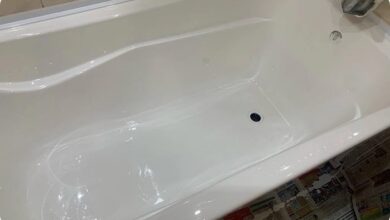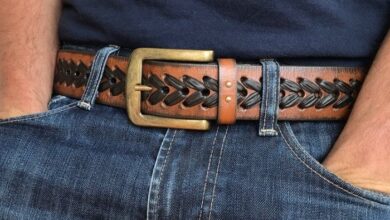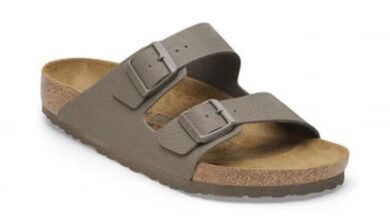How to choose an anti -stick pan
Currently, the choice of pans with anti -stick coating is huge. They differ in the method and material of manufacture, diameter and other characteristics. The price category of such pans varies from three hundred to several thousand rubles. Since the choice of this dishes directly depends on our health, it is worthwhile to take the acquisition with worthy attention.
How to choose an anti -stick pan
The pan -sticky pan has privileged features that distinguish it from their associates. The preparation of dishes in such a bowl requires a minimum of the use of oil, which in turn during thermal treatment harms health. Moreover, for many people, a healthy diet and lifestyle is currently relevant. The pan with anti -stick coating is easy to care. It is enough to wipe the surface with a paper cloth after frying, and it is again ready for use.
How to choose an anti -stick pan
The basis of any frying pan as an anti -stick coating is polytetrafor -ethyl or as it is still called – Teflon. Environmental safety, the exclusion of all kinds of reactions with products, the effects of alkalis and acids belong to a number of valuable chemical properties of this material. The mistake of many buyers is that they consider the words “anti -stick” and “Teflon” synonyms. Only those companies that have received the Dupont license have a proud inscription Teflon on their products. All other companies produce kitchen utensils with other surfaces. At a minimum, the thickness of the anti -stick coating should be about 20 μm.
If when choosing a pan, you came across a glossy, smooth surface, know that you are faced with a fake. True anti -stick coating to the touch rough. If such a surface is damaged or scratched, a gradual exfoliation of the entire anti -stick coating will begin, which in the production process is applied in two main methods – spraying using an industrial spray gun and rolling. If your choice fell in a pan, where the anti -stick coating was applied with the second method, that is, rolling, such dishes will last a shorter period. As a rule, kitchen utensils with anti -stick coating are made of stainless steel, aluminum and even cast iron. However, the material of the material is discord. Each of them has both advantages and disadvantages.
Aluminum pans
They are cast and stamped. The latter usually serve the owner for a longer period, which directly depends on the thickness of the sheet. Just a couple of years, a pan with a bottom thickness of less than 2.5 mm will last. In addition, such utensils are easily deformed and the anti -stick coating cracks. The most optimal thickness is 3 mm. For about seven years, a cast frying pan with a thickness of 6-7 mm will easily serve.
How to choose an anti -stick pan
Steel pan
Stainless steel utensils are popular with many people. If you are attentive, you probably noticed that even surgical tools are made precisely and steel. Its advantage is that this metal does not interact with products, and, therefore, is safe. On a high -quality steel bowl, you can see the numbers 18/10, denoting the percentage components of chromium and nickel. These pans are quite heavy and stable, but experts do not recommend leaving them on the stove empty, in order to avoid the appearance of blue-green stains.
How to choose an anti -stick pan
Cast iron pans
Such dishes have been used for centuries. Thermal system of cast iron has gained popularity today. The cast -iron pan slowly heats up, and also evenly carries heat over the entire surface. Cast iron never deforms, even if it is heated hard. Unfortunately, it is fragile and with improper operation it can just crack.
How to choose an anti -stick pan
From all of the above, you probably made certain conclusions for yourself. Therefore, when choosing a frying pan, be guided by a requested hygienic quality certificate in specialized stores. When acquiring an anti -stick pan, pay attention to its weight – the harder, the better. And most importantly, remember, fakes can harm health.



